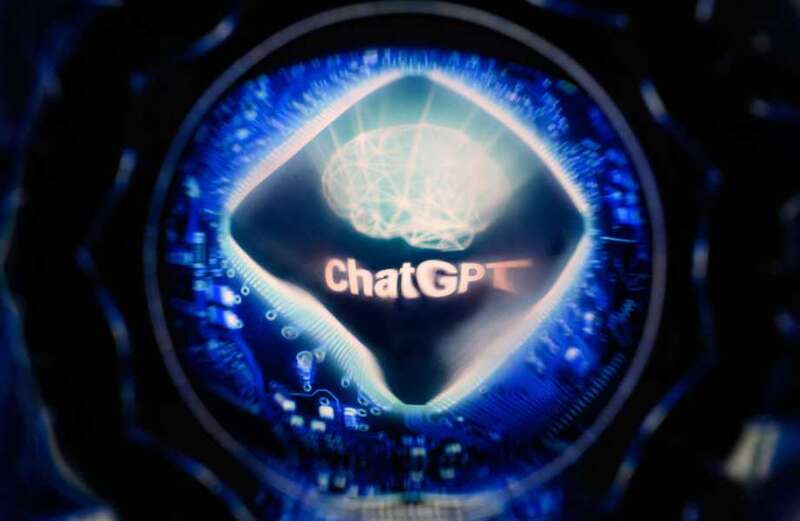CHATBOTS are now so advanced that humans can't reliably tell whether they're talking to other real people or not.
That's the finding of scientists who say OpenAI's artificial intelligence has successfully passed the Turing test.

This was a test – originally called the imitation game – created by renowned British mathematician Alan Turing in 1950.
It aimed to test if a computer was advanced enough to fool humans into thinking they were talking to other people during a conversation.
Now scientists at the University of California San Diego have put three computer systems to the test – and say OpenAI's GPT-4 was clever enough to trick participants most of the time.
 Artificial intelligence reaches major milestone 'for the first time ever'
Artificial intelligence reaches major milestone 'for the first time ever'
"Human participants had a 5 minute conversation with either a human or an AI, and judged whether or not they thought their interlocutor was human," said Cameron Jones, of UC San Diego.
"GPT-4 was judged to be a human 54% of the time, outperforming ELIZA (22%) but lagging behind actual humans (67%).
"The results provide the first robust empirical demonstration that any artificial system passes an interactive 2-player Turing test.
"The results have implications for debates around machine intelligence and, more urgently, suggest that deception by current AI systems may go undetected."
4, SCORE!
GPT-4 (or Generative Pre-trained Transformer 4) is a large language model created by OpenAI.
It powers the company's ChatGPT app, allowing you to talk to a humanlike computer and ask questions, create images, and even talk using your voice.
It debuted on March 14, 2023, replacing the older and less powerful GPT-3.5 system.
Since then, OpenAI has introduced an even more powerful model called GPT-4o – and is already working on its next-gen replacement.
"Progress in artificial intelligence has led to systems that behave in strikingly humanlike ways," Cameron explained.
"Large Language Models like GPT-4 not only produce fluent, naturalistic text, but also perform at parity with humans on a range of language-based tasks.
 Inside home of the future - including AI baby crib
Inside home of the future - including AI baby crib
"These systems are increasingly being deployed to interact with people on the internet, from providing assistance as customer service agents to spreading misinformation on social media.
"As a result, people interacting anonymously online are increasingly forced to ask themselves the question: 'Am I speaking to a human or a machine right now?'"
Scientists described it as an "enormous step forward" for AI.
FAKING IT!
The U.S. Sun has spoken to experts and written extensively about the difficulties of telling AI fakes apart from reality.
Progress in artificial intelligence has led to systems that behave in strikingly humanlike ways.
Cameron Jones
Deepfaked photos and videos are now extremely convincing – and often have very few clues that they're fabricated.
And now AI apps can even generate convincing clones of your voice (and make you say anything) with just a few seconds of audio.
Chatbots, too, are becoming increasingly humanlike as the language models that power them get more advanced.
It's now more important than ever to check the context of what you're seeing or hearing, and ask yourself whether the content might be fake.


































